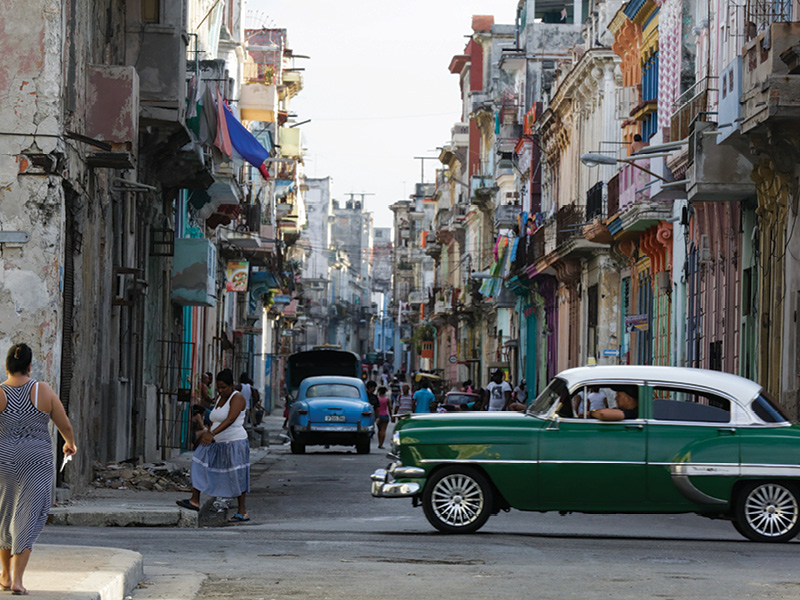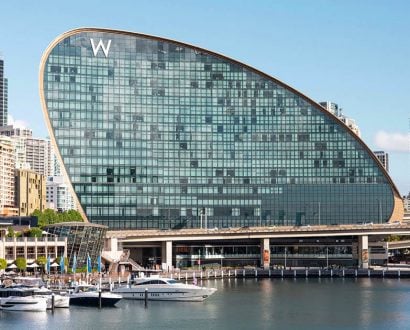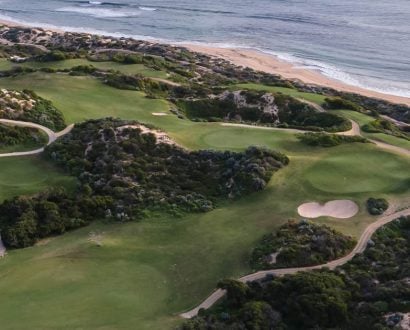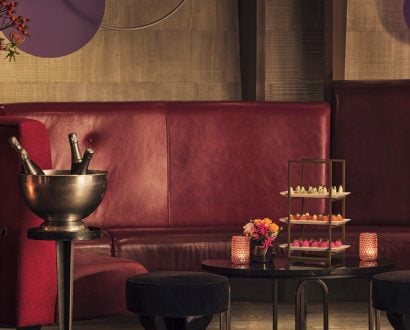Two men named Ernest — one a revolutionary leader and the other an American author passionate about marlin fishing — remain much adored icons in Cuba, where tourists are sweeping in faster than you can order a Cuba Libre, the national drink.

Ernest Hemingway
Walk the cobbled streets of Havana and there are few bars that don’t claim renowned American author Ernest Hemingway drank there, sat there, penned a book at the bar, mixed a drink, or entertained his friends there. It seems Hemingway visited nearly every bar in Havana — and there’s one on every corner — when he lived there on and off from 1939 to 1960.
His two favourite watering holes were El Floridita and La Bodeguita del Medio where, these days, tourists sip mojitos, listen to lively music, and toast the author who was awarded the Nobel Prize for Literature in 1954.
El Floridita has Hemingway’s signed quote — “My mojito in the Bodeguita del Medio
and my daiquiri in the Floridita,” hanging from a sign. He also famously proclaimed Floridita daiquiris were the best in the world.
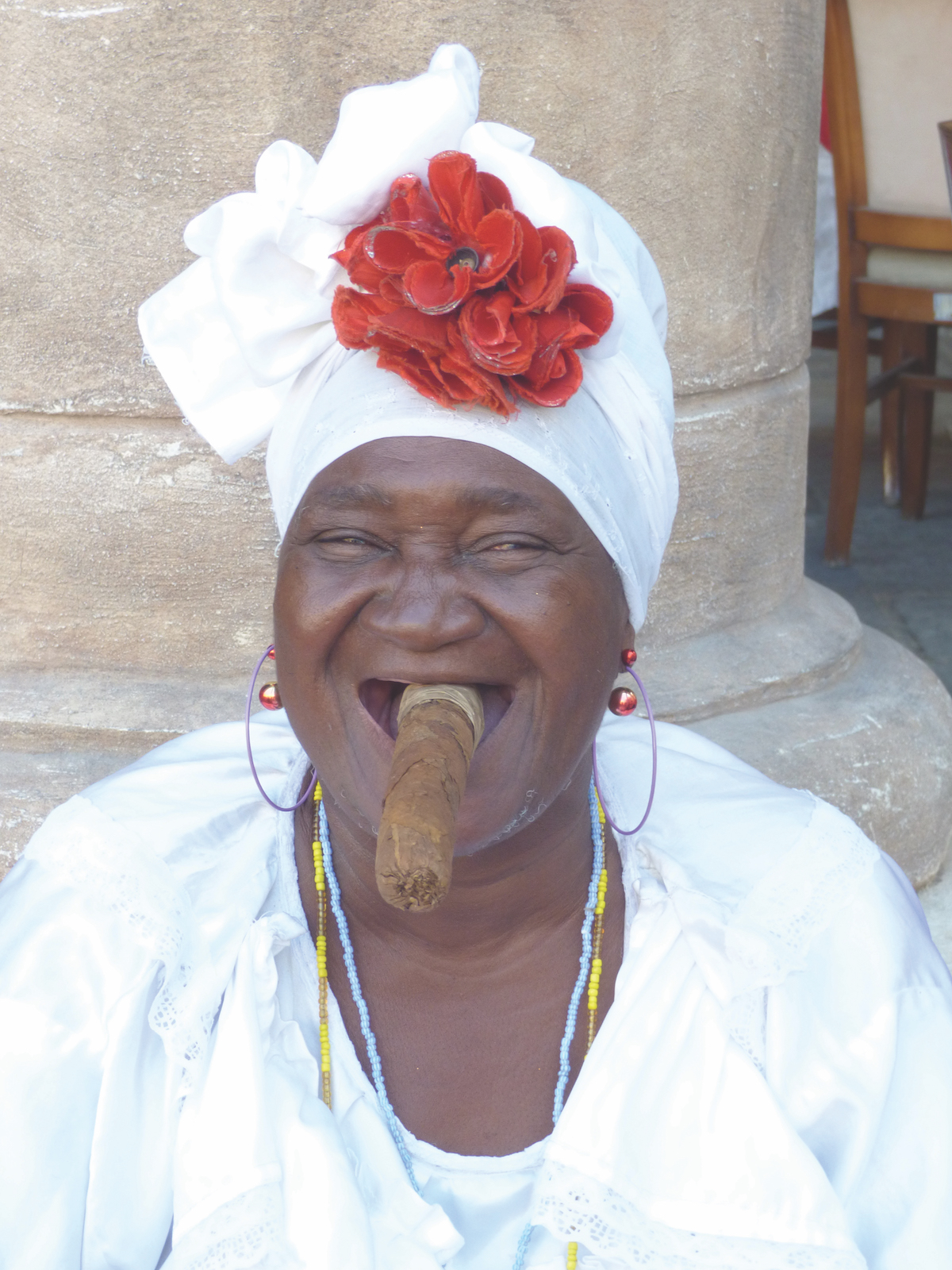
Everywhere you go in Cuba, there’s some sort of tribute to the revered revolutionist, Che Guevara, whose suave looks are emblazoned on everything.
Whether he said it or not, no one is disputing it. Hemingway’s original barstool is roped off just in case anyone wants to sit on his throne and there’s a bronze statue of the writer nearby.
It’s touristy — yes, noisy — but do go there and imagine Hemingway perched there entertaining his Bohemian friends and penning a few lines as the sounds of salsa fill the air. It’s an odds-on bet you will also hear the popular and catchy Cuban song Guantanamera about a peasant girl from Guantánamo, at least once in every bar in Havana.
The good news is, if you do tire of Hemingway bars, there’s still something for you: El Chanchuller breaks the mould with its staff setting everyone straight with their ‘Hemingway did not drink here’ t-shirts.
Apart from the bar scene, visitors can walk in Hemingway’s footsteps — Hotel Ambos Mundos is the famed accommodation where he rented a room with great views over Old Havana’s rooftops, the canal and the Spanish-built fort across the water. He was inspired to start For Whom the Bell Tolls, a novel about the Spanish Civil War, in Room 511, which is now a museum dedicated to the writer.
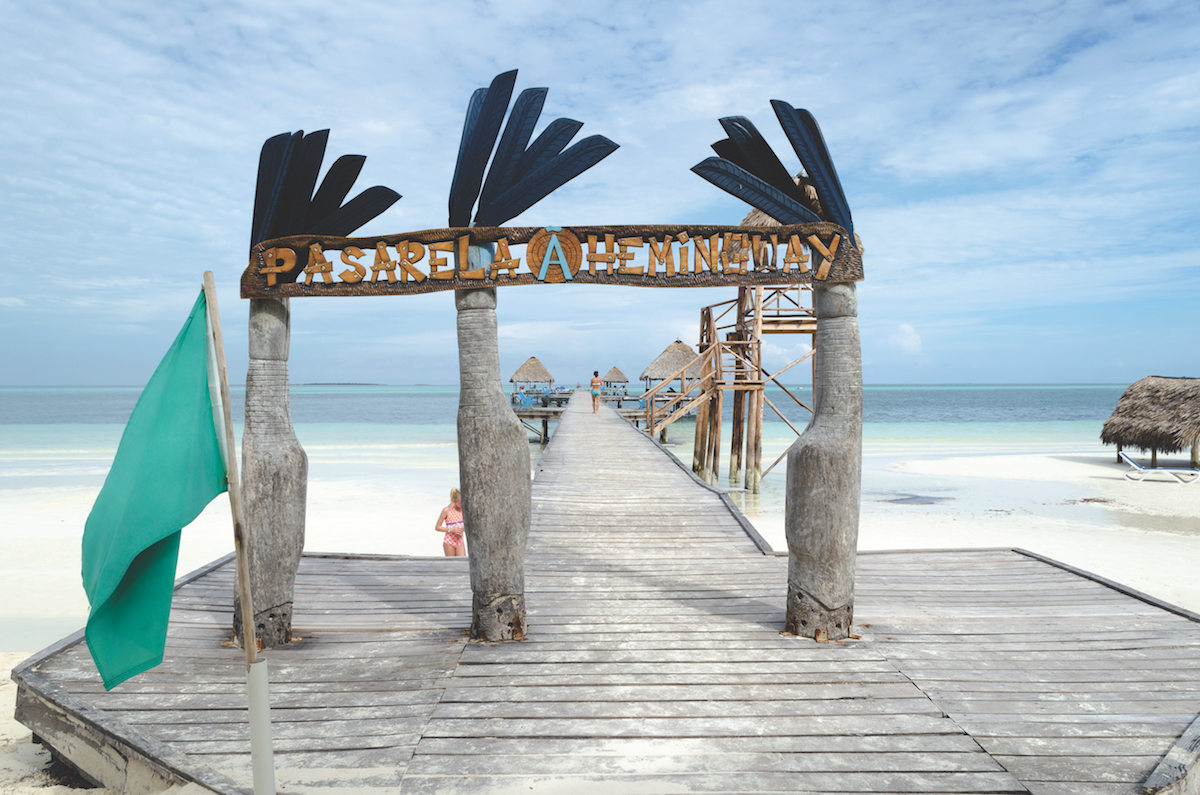
For more insight into his life head to his villa, Finca la Vigia, that sits on a hill in
San Francisco de Paula, 15 kilometres south-east of Havana, and is where he lived until 1960.
It was built by Spanish Architect Miguel Pascual y Baguer in 1886 and purchased by Hemingway in 1940 for US$12,500. He finished For Whom the Bell Tolls and wrote The Old Man and the Sea and A Movable Feast there, then left the house and contents to the Cubans.
He was also passionate about marlin fishing in Cuban waters and the Hemingway International Billfish Tournament, established in 1950, is still staged today. Back in Havana, I can’t resist buying a copy of For Whom the Bell Tolls from one of many sidewalk book vendors. “How much?” I ask an elderly bookseller, named Rosie, who tells me she’s been selling books here for 50 years. “American?” she asks and when I say Australian, the price drops by US$5.
The ageing bookseller with snow-white hair then takes my hand and says, “Papa Hemingway would be very pleased.” I assume she’s talking about the book purchase and not the sweeping tide of US tourists arriving by cruise ship and planes daily. I’m sure that he would have preferred to keep his beloved Cuba like it was.
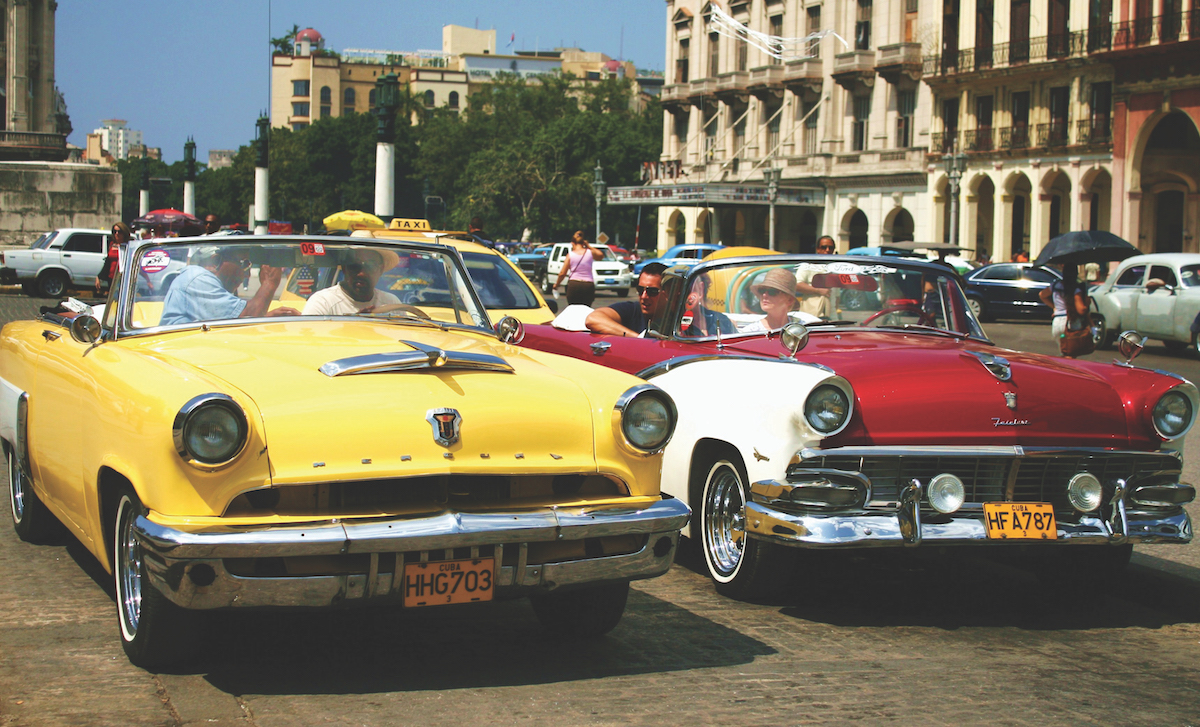
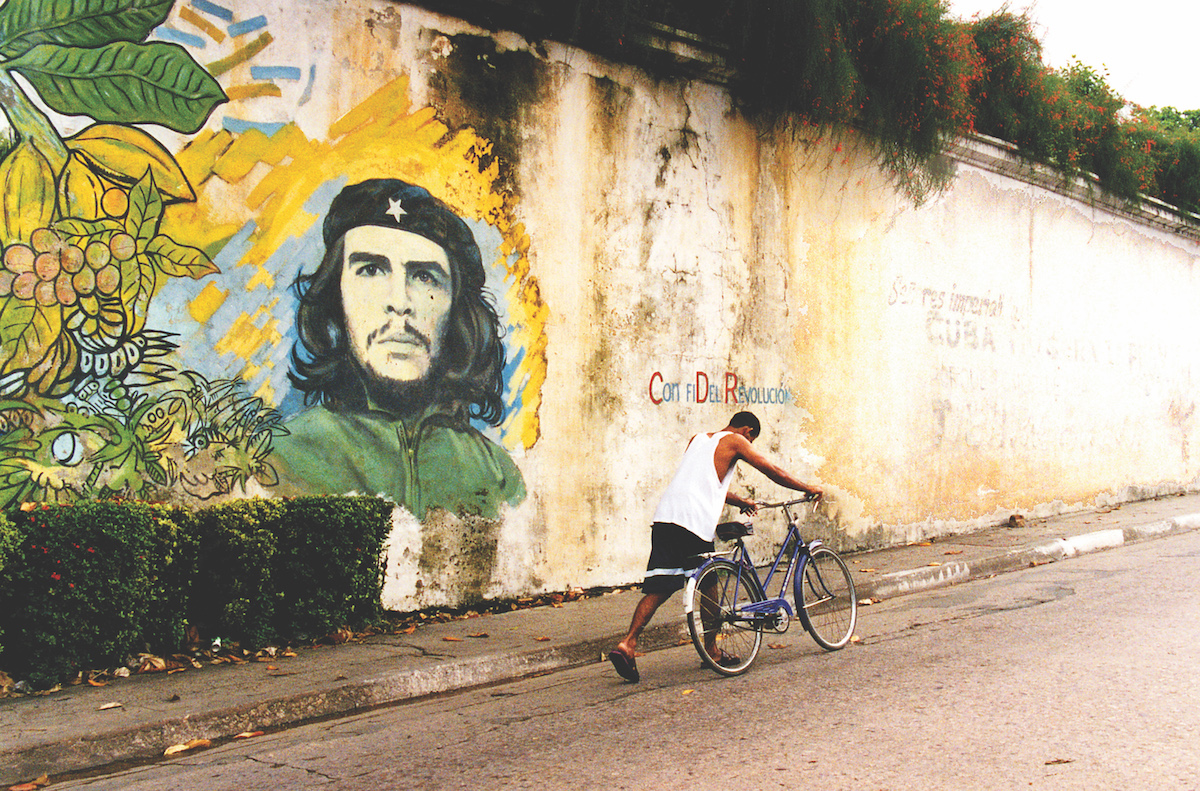

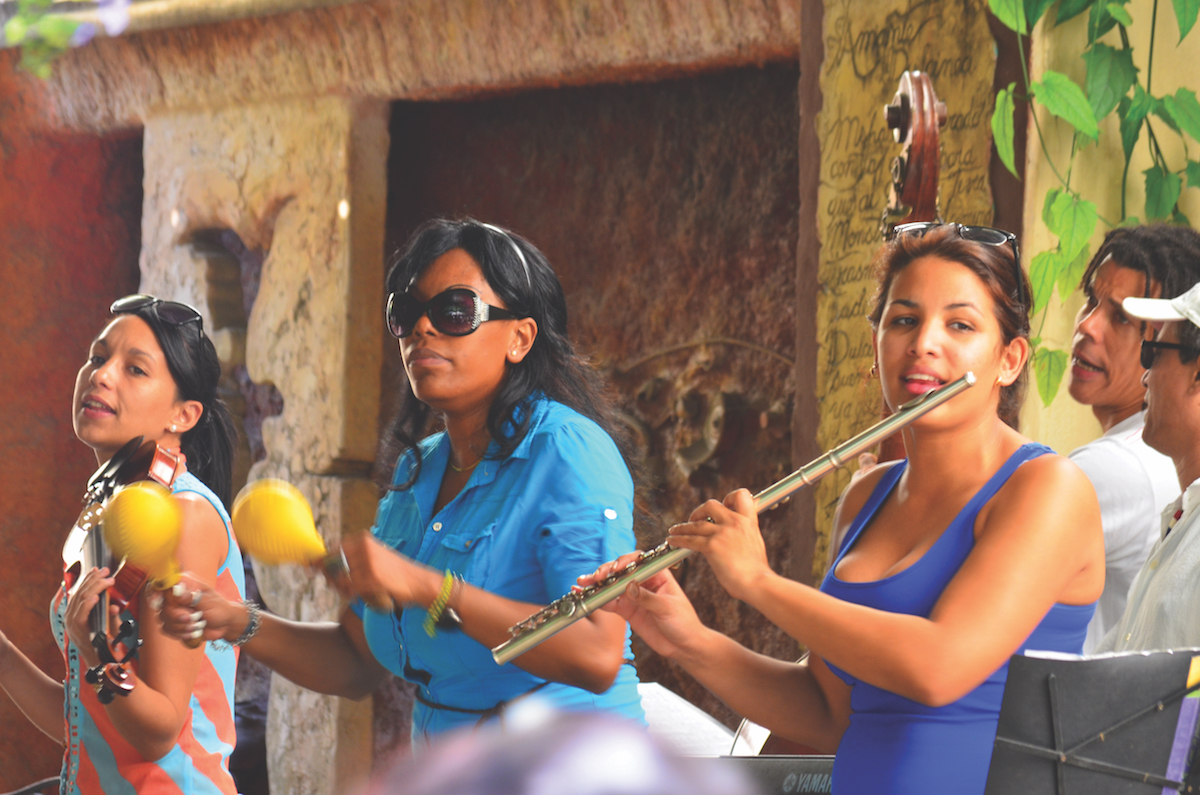
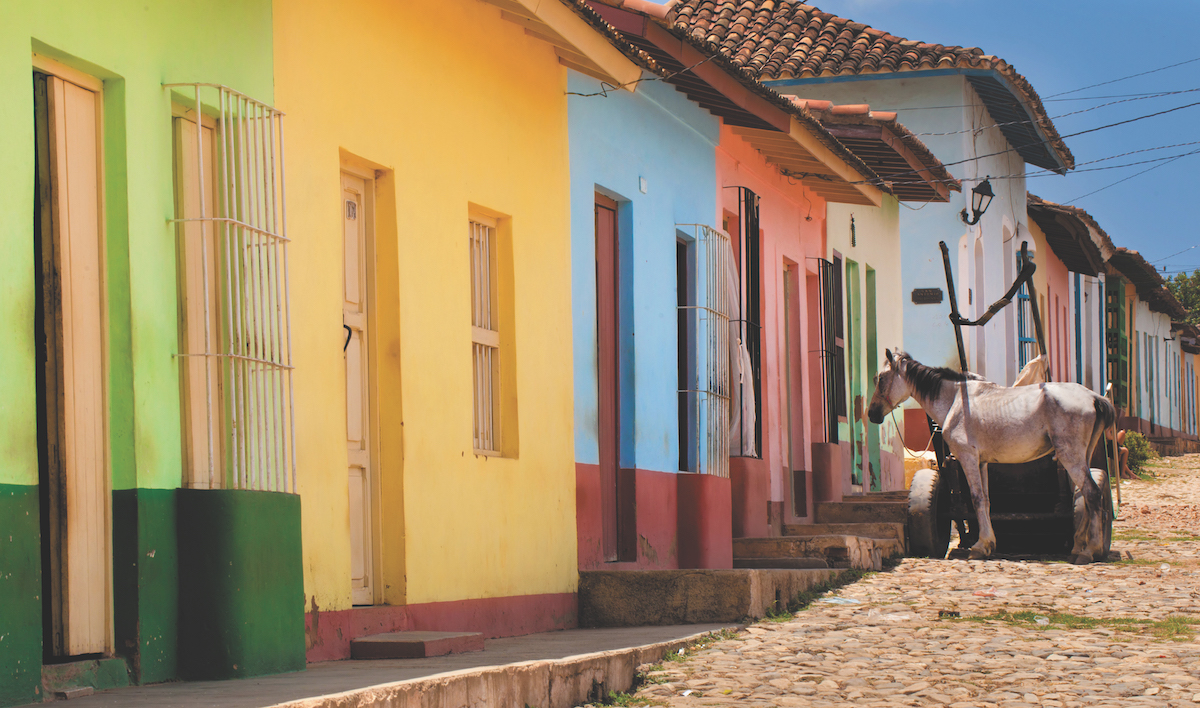
Ernesto ‘Che’ Guevara
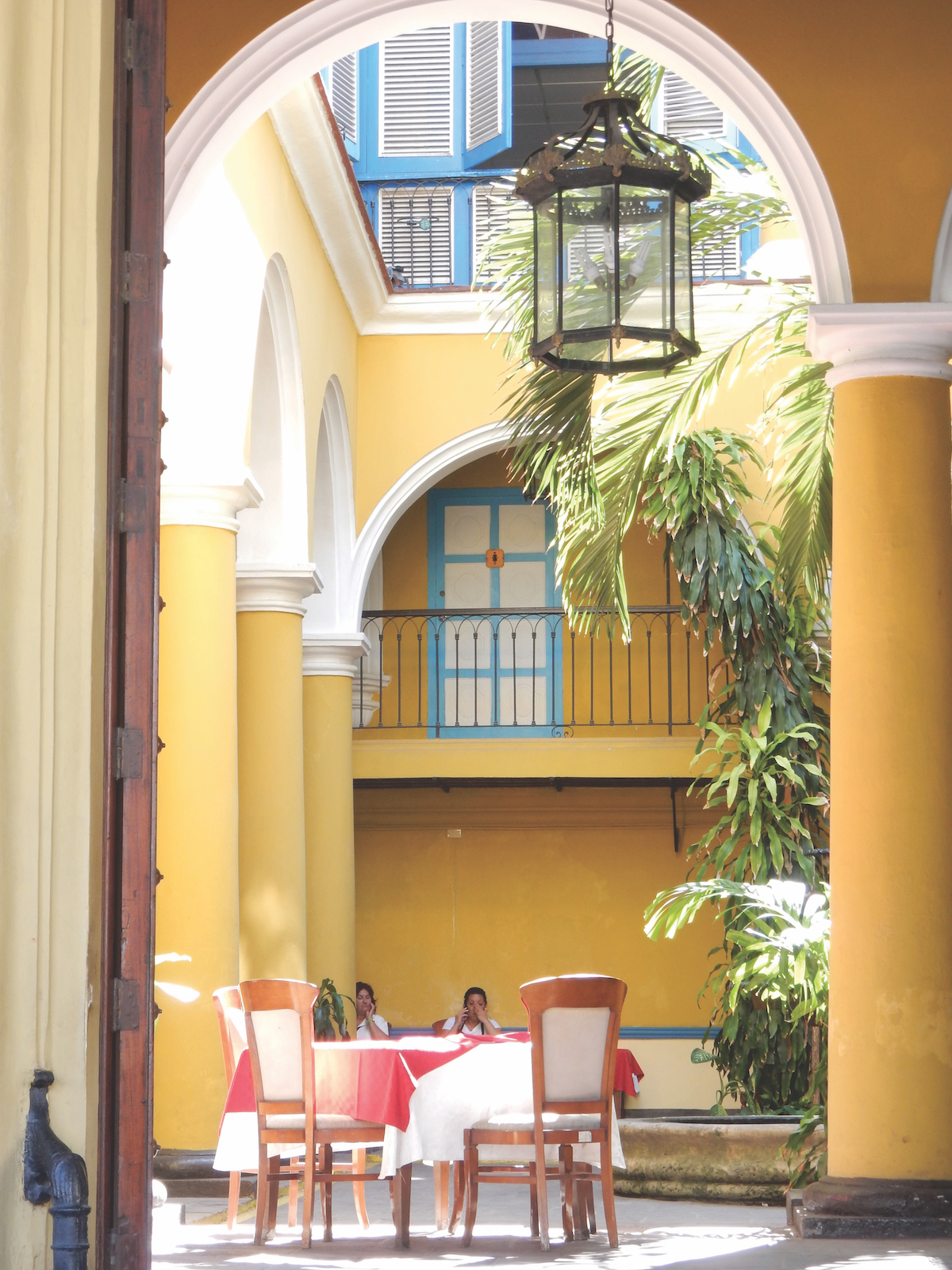
Everywhere you go in Cuba, there’s some sort of tribute to the revered revolutionist, Che Guevara, whose suave looks are emblazoned on everything from giant posters, shopping bags and t-shirts to key rings.
“He’s either revered or reviled,” says our guide Hannah as we wander Havana’s busy streets. “Some see the Marxist revolutionist as a hero, while others say he wasn’t — but whatever you think, he certainly was charismatic.”
Havana’s Revolution Square, that has been the scene of huge political rallies for years, features a large image of Che, as well as an 18-metre statue of national hero, José Martí.
Che’s story is also brought to life in the Museum of the Revolution that traces the struggle of the Cuban people to gain sovereignty over their own island. Exhibits include photos, clothing, original documents and weapons, and a life-sized wax sculpture of Che.
While at Santa Clara, the site of Che’s greatest victory 261 kilometres from Havana, you will find his mausoleum and a large bronze statue of him with his rifle and familiar beret. Murdered in the jungles of Bolivia, Che’s remains were transferred back to Cuba in 1997. Back in Havana, the revolutionist’s famous slogan Hasta la victoria, siempre — onwards to victory, always — is often seen scribbled on walls throughout this city.
A farewell drink
Before I leave, it seems fitting to return to one of Hemingway’s favourite bars and try a daiquiri just the way he liked it: double rum without sugar. The verdict? Like Cuba, it will always be memorable.
Where to stay
Hotel Saratoga, a swamk bolthole in Old Havana, was once a mecca for writers, artists and A-listers in the 30s and is now all about service and style www.hotel-saratoga.com/
Where to Eat
There’s everything from cool cafes to private restaurants or paladars, including the chic La Guarida where the Oscar-nominated film Strawberries and Chocolate was filmed
What to do
Head to La Casa de la Musica Centro Habana to enjoy local Latin music while sampling a few Cuba Libres made with autherntic Havana Club Rum
Tour
Best of Cuba www.intrepidtravel.com/cuba

